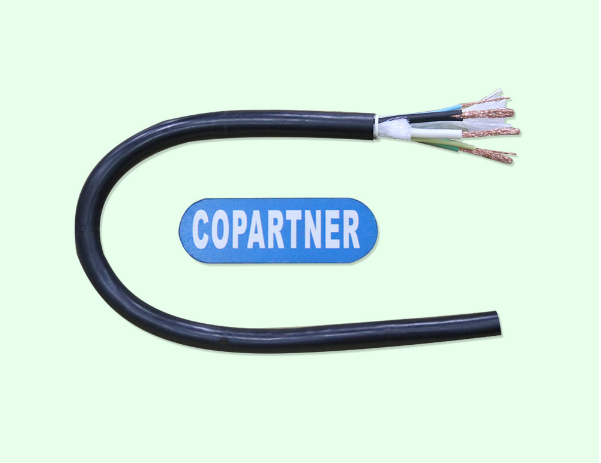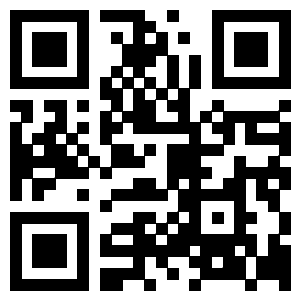
BackCurrent position:Home / News / Industry news
Author: CablePublication time:2018-08-13 14:27:01Hits:4354【SML】
The strand is made up of many single wires. Generally speaking, the single stranded wire is many and thin, which not only increases the flexibility of wire and cable, but also improves the reliability of line connection. Some conductors of wires and cables do not require large cross-sections, but they are also stranded in order to have better flexibility or high reliability. Let's learn about the basic knowledge of cable strand.
In order for a single wire to be bunched or stranded at a certain spiral angle (or pitch), the equipment must meet the following requirements: first, make all the single wire revolve around the central axis of the equipment; the other is to make the stranded products move forward in a straight line. By changing the combination of the two kinds of motion speed, the spiral angle can be adjusted to make the strand or harness meet the structural requirements.
The composition of the strander and the harness is basically the same. They are all made up of the main parts such as wiring, traction, wiring and receiving, dragging and driving system and control system. In addition, there are devices such as the distributing boards, the wire drawing dies, and the meter counter.
Wire stranding machine production specifications are relatively large, in addition to the center of a single wire stranding, the rest of the single line of the reel are placed in the reel part (such as the cage), through its rotation so that the single line around the center of the single line to form a strand layer. According to the number of strands and the number of single strands in each layer, a general strander is equipped with several (several segments) rotating parts to make each layer stranded to different strands, so it is particularly suitable for the production of concentric strands.
The wire harness produced by the wire harness machine is small in size, and it is formed by the rotation of the basket or the revolving body of the wire harness part. Because the operation of the wire harness machine is in the take-up part, the transmission mechanism is installed in the rotating basket frame, the position is limited, which determines that the wire harness machine can only be made into a product with a twisted direction and smaller specifications, but the number of single wire harness can be flexibly configured according to needs.

The quality of stranded or bundled wire depends on the quality of the single wire material and the additional material itself on the one hand, and also on the stranded or bundled technology on the other hand. The selection of stranding equipment is directly related to the structure of stranded products, the size of cross-section and outer diameter, the number of single strand elements, the thickness of single strand and the manufacturing length of stranded products. If it is a concentric layer of strand, we should first consider whether the number and size of the winding reel of the winding machine to adapt to it, and then consider the direction of stranding, pitch length and whether to back off.
If it is double stranded wire, it is necessary to consider the deformation of stranded wire, which requires analysis of stranded wire structure, specifications, materials, determine the process data, and finally select the appropriate stranded wire machine. If it is a bundle of products, in addition to the number and size of the wiring disc, the size of the wire harvester coil to determine, more important than the strander.
The length and stranding of various strands and strands are specified. The pitch length can be calculated by multiplying the outer diameter of the stranded or beamline with the practical pitch ratio. In actual production, generally larger pitch ratio is used to improve productivity as much as possible. The direction must be strictly enforced, otherwise the connection of the circuit will be affected.
Angulation direction: The direction of each layer of concentric angina is opposite to the direction of the stranding. The direction of the stranding is divided into right and left directions. The axis of the strand is perpendicular to the chest. If the single strand is inclined from the upper right to the lower left, it is right and vice versa. For easy memory, you can use the left hand or right hand to palm up, the thumb apart, the rest of the four fingers together, and the four fingers together along the twisted line axial, if the right thumb oblique and uniline oblique consistent, is right (z direction), if the left thumb oblique and uniline oblique consistent, is left (S direction).
In the product standard, not only the opposite strand direction between layers is stipulated, but also the outermost strand direction is stipulated. The outer layer of the bare strands is twisted towards the right direction.
Twisting law: Twisted wire core is generally made of strands with the same material and diameter. In order to make the strand round and the number of strands in the center layer is fixed, the ratio of strands in each layer is 6.28 different from its adjacent inner layer according to the equation of equal difference series, that is to say, 6.28 strands will be added for each additional layer. The number of integers is 6.
A set of marks shall be obtained by stretching along the strand axis with a pencil or crayon. The number of marks shall be greater than the number of single lines in the measuring layer. A mark shall be made at the center of one of the marks, numbered from one adjacent to the other, when the number is equal to the number of single lines in the measuring layer. A mark is also made at the center of the last numbered mark to measure the distance between the two marks, which is the pitch of the layer of strands.
For the measurement of the pitch of the wire bundle, it is impossible to use the paper tape method because the wire bundle is mostly made up of small diameter single wire irregularly stranded. Therefore, we can take out a piece of strand product, cut one of the surface and mark it at the cutting point, remove 10 helixes in the opposite direction of the strand, then measure the length of 10 helical strands with a ruler, and divide the length data by 10, then we can get the pitch length of the strand.
Do you know the basics of cable harness wire stranding? In general, the smaller the pitch ratio, the better the flexibility; the smaller the gap between the individual wires, that is, the tighter the stranding; and the greater the difference between the pitch and the actual length of the single wire at a pitch, the longer the length of the single wire used for the same length strand.




Official WeChat
 13802247193
13802247193